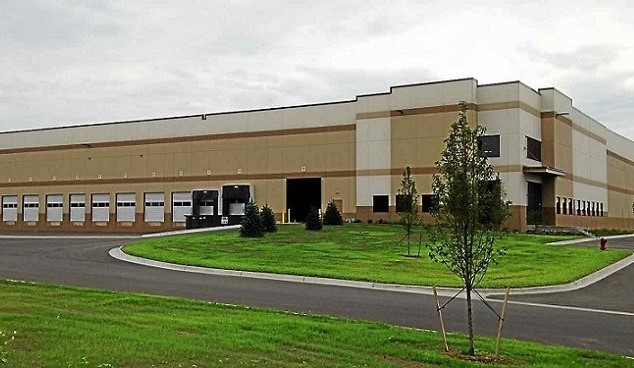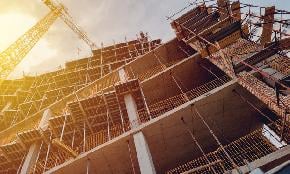 The Tri-County Commerce Center in Hazel Park, MI, is one of the region’s few new spec developments. Amazon recently agreed to occupy 137,000 square feet.
The Tri-County Commerce Center in Hazel Park, MI, is one of the region’s few new spec developments. Amazon recently agreed to occupy 137,000 square feet.
DETROIT—The Detroit industrial market tightened even more in the second quarter of 2017 as the availability rate dropped from 4.8% to 4.4%, while the vacancy rate remained unchanged at 2.4%, one of the lowest rates in the nation, according to CBRE’s latest Industrial MarketView. The stats confirm that the region’s industrial continues its remarkable run of good health.
“We’ve now had many months of good economic news in Southeast Michigan,” Peter Rogers, vice president, CBRE, tells GlobeSt.com. The market experienced 43,630 square feet of positive absorption in the second quarter, marking the 25th consecutive quarter of such activity. And the vacancy rate has now been less than 3% for four quarters.
Developers now have 4.2 million square feet of industrial space under construction, a 15-year high, and rental rates continue to steadily increase. In the second quarter, the average asking lease rate rose from $5.66 to $5.95.
And Rogers believes the good news will most likely continue.
“There is still strong demand,” he says. “It starts with the auto industry.” And although US auto sales have softened recently, the overall recovery of the post-recession years attracted many tier two suppliers, many of which built new facilities. Furthermore, food providers, e-commerce firms, and suppliers of other durable goods have also helped sustain demand and diversify the region’s economy.
And although the amount of speculative construction underway hit 1.8 million square feet, historically the Detroit region has not seen many developers take those risks. And Rogers says that aversion to risk may continue. “Lenders and builders remember what happened here in ’09.” The near-collapse of the US auto industry meant this region was hit harder than any other.
The recession had other long-term effects that discourage new construction. “There is definitely a shortage of skilled tradespeople in Michigan,” he says, many of whom left the area or retired during the collapse. As a result, labor costs are quite high.
And unlike other Midwest markets like Chicago, Indianapolis and Cincinnati, all of which are regional or national distribution hubs, Detroit does not really attract the big national developers. Its more regional builders have to be more cautious because a huge portion of their work depends on the strength of Detroit.
Ultimately, that means “there is tremendous discipline in this market.” And it also likely means that even if absorption stays positive, “our vacancy rate will stay within a fraction of a point of where it is now.”

















 Copyright © 2024 ALM Global, LLC. All Rights Reserved.
Copyright © 2024 ALM Global, LLC. All Rights Reserved.